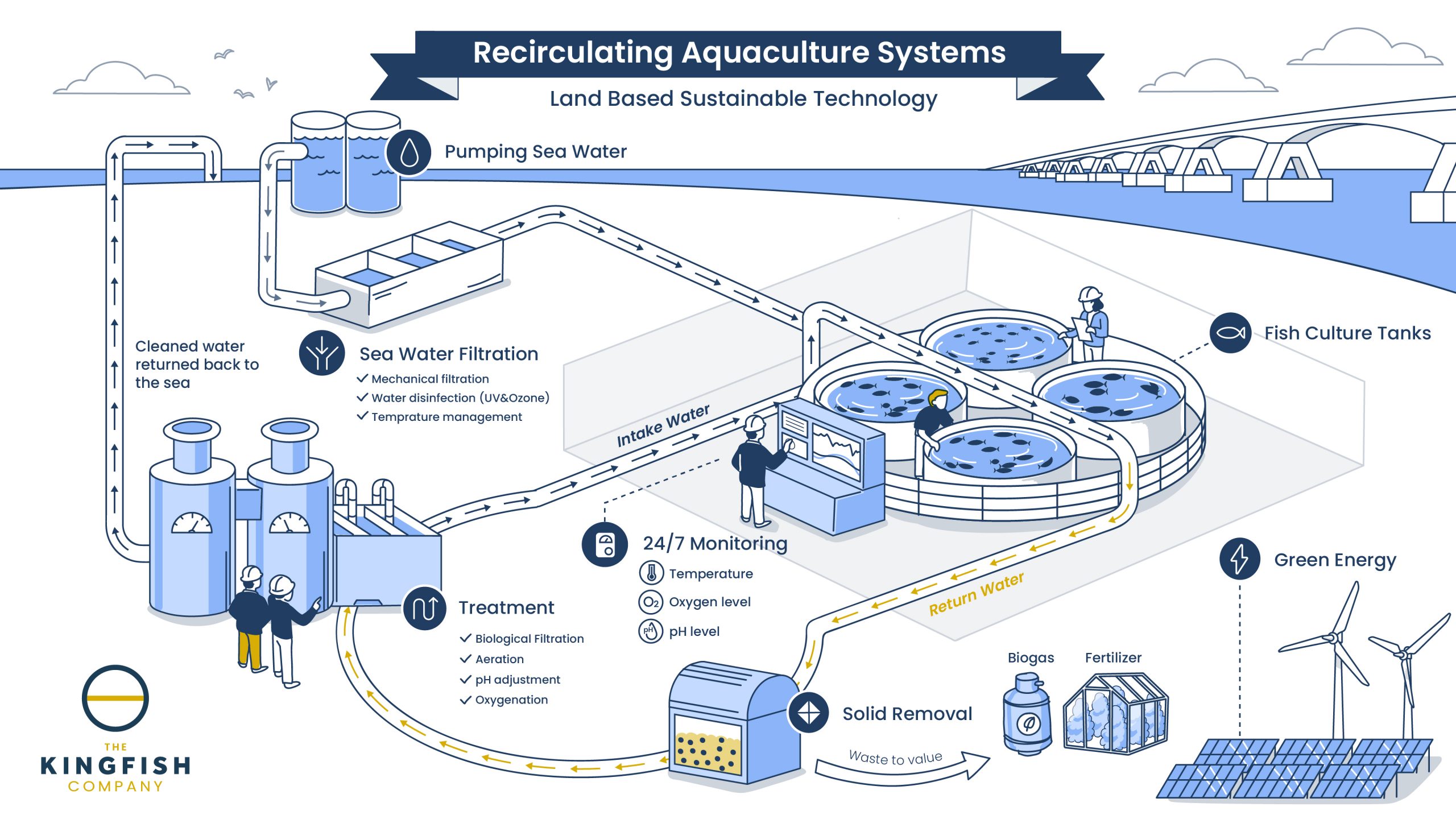RAS: How we Raise Dutch Yellowtail, Illustrated
The fish in our diet comes from a variety of places. Oceans, lakes, streams, ponds— and even on land. Aquaculture, invented by the Romans hundreds of years ago as a food production system, is a rapidly changing scientific sector in present day. Land based aquaculture-- Recirculating Aquaculture Systems (RAS) is the latest and most up and coming technique within the sector. Moving fish farming on land is widely argued as the most likely way to fulfil the worlds growing demand for sustainable seafood. In RAS, science and tech are combined with marine biology and conventional fish farming experience.
So, how do we raise fish on land?
It all starts with a pristine water source. For Kingfish Zeeland, that’s the Oosterschelde in Zeeland, the Netherlands. We farm our fish in saltwater; not precious fresh water, which is an increasingly scarce resource.
Water is pumped in from the sea and filtered and disinfected using UV light. The cleaned water then enters fish culture tanks where we raise our Dutch Yellowtail (Seriola lalandi). Our fish are monitored 24/7 by the skilled staff made up of biologists, feeding them best-in-class feed, and maintain optimal water conditions for our fish.
Each tank is roughly 5% fish, and 95% water. Seriola lalandi’s natural behavior is to school in large groups, which make them a great species for RAS.
Once the water moves through our system, it is treated for solid removal. The solids produced within the system are separated from the water and used for biogas and fertilizer as they are rich in nutrients, the cleaned water is sent back to sea.
We recirculate 99.6% of our water per hour. To operate our farm, 100% renewable energy is used.
Check out the drawing below to help visualize the process:

